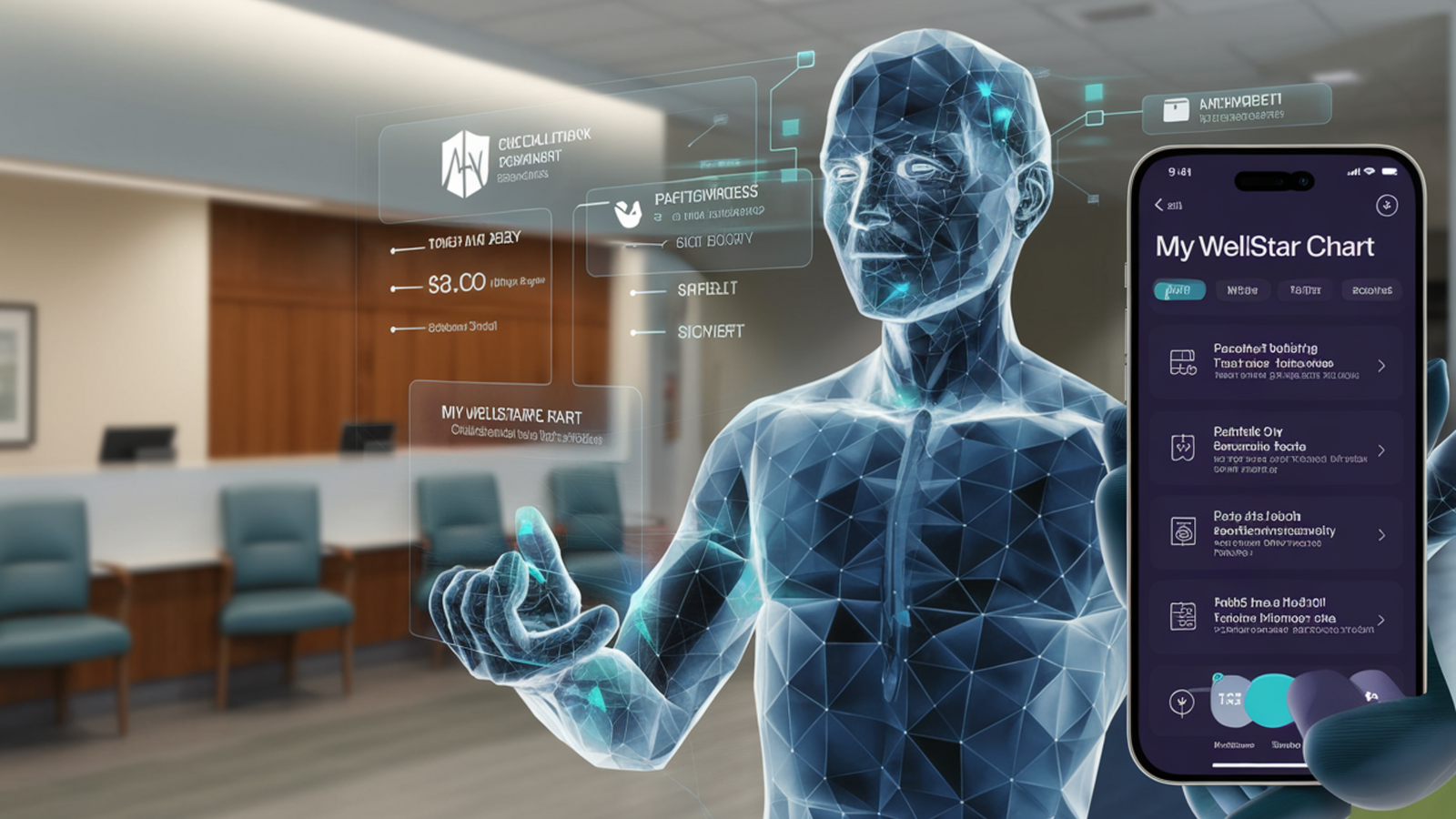Introduction
The treatment of substance use disorders has evolved significantly over the years, driven by innovative approaches and integrated models of care. One critical component that has emerged within this framework is IMS, a term that holds vital importance. IMS stands for substance use disorder. MAT treatment is “Integrated Medical Services,” a holistic model addressing the complexities of addiction. In this detailed article, we will explore the multifaceted aspects of IMS within MAT (Medication-Assisted Treatment), discussing its implementation, benefits, challenges, and future potential. The phrase “IMS stands for substance use disorder MAT treatment” will be reiterated throughout to emphasize its relevance.
The Role of MAT in Addiction Recovery
Medication-assisted treatment (MAT) combines the use of FDA-approved medications with counseling and behavioral therapies to provide a “whole-patient” approach. This treatment modality has proven effective in addressing opioid use disorders, alcohol dependency, and other substance-related challenges. Within MAT, IMS stands for substance use disorder. MAT treatment is a framework ensuring that care encompasses every aspect of an individual’s recovery.

Understanding IMS in MAT Treatment
IMS, or Integrated Medical Services, is a model that prioritizes a comprehensive approach to care. IMS stands for substance use disorder MAT treatment that goes beyond medication management. It integrates therapy, mental health services, and social support systems, creating a tailored treatment plan to meet each individual’s needs. This integrated approach acknowledges that addiction is not merely a physical dependency but also a mental and social challenge requiring multifaceted interventions.
Core Components of IMS
IMS in substance use disorder MAT treatment comprises several interconnected elements, each essential for comprehensive care:
- Medication Management: Medications like methadone, buprenorphine, and naltrexone are central to MAT. IMS ensures these medications are administered within a structured program that monitors dosage, response, and progress.
- Therapeutic Interventions: Behavioral therapies, such as Cognitive Behavioral Therapy (CBT), are integrated into the treatment plan. IMS stands for substance use disorder. MAT treatment includes therapy to address underlying psychological triggers and behavioral patterns.
- Mental Health Services: Co-occurring disorders are common among individuals with substance use disorders. IMS ensures these conditions are treated concurrently, promoting overall mental well-being.
- Support Services: Recovery extends beyond clinical care. IMS provides access to housing assistance, vocational training, and peer support networks to help individuals rebuild their lives.
Benefits of IMS in MAT Treatment
The integrated nature of IMS offers numerous benefits for individuals undergoing MAT:
- Holistic Care: IMS stands for substance use disorder MAT treatment that addresses the physical, mental, and social dimensions of recovery, ensuring no aspect is overlooked.
- Enhanced Treatment Retention: Individuals are more likely to stay engaged in treatment when their needs are met comprehensively.
- Improved Outcomes: By addressing the root causes of addiction and providing robust support, IMS improves the likelihood of long-term recovery and reduces relapse rates.
- Reduction in Stigma: Treating addiction as a medical condition within IMS reduces societal stigma, encouraging more individuals to seek help.

Challenges Addressed by IMS
Substance use disorder treatment often faces obstacles that hinder its effectiveness. IMS provides solutions to these challenges:
- Fragmented Care: Traditional treatment models often lack coordination between services. IMS bridges this gap by integrating medical, psychological, and social support into a cohesive plan.
- Barriers to Access: Financial, geographical, and social obstacles can limit access to care. IMS stands for substance use disorder MAT treatment that prioritizes accessibility through community-based programs and telehealth services.
- Relapse Prevention: By addressing mental health, providing stable support systems, and using evidence-based therapies, IMS significantly lowers the risk of relapse.
Implementation of IMS in Various Settings
IMS can be adapted to different treatment environments, ensuring its benefits reach a broad spectrum of individuals:
- Community Health Centers: These centers provide a one-stop solution for comprehensive care, incorporating IMS into their programs to deliver seamless support.
- Specialized Clinics: Addiction-focused clinics use IMS to enhance the effectiveness of their MAT programs, offering a combination of medical and therapeutic services.
- Telehealth Platforms: IMS has embraced technology, using telehealth to extend its reach to remote and underserved areas.
Real-Life Impact of IMS in MAT Treatment
Stories of recovery highlight the transformative impact of IMS. Individuals who engage in IMS programs describe a renewed sense of hope, stability, and purpose. For many, IMS stands for substance use disorder MAT treatment that changed their lives, providing a pathway to sustained recovery.
Policy and Advocacy for IMS
As the need for effective substance use disorder treatment grows, advocacy for IMS is gaining momentum. Policymakers and healthcare leaders are working to integrate IMS as a standard of care, ensuring it becomes a foundational aspect of MAT treatment.

The Future of IMS in Substance Use Disorder MAT Treatment
The evolution of IMS continues to shape the landscape of addiction recovery. Emerging trends and advancements promise to enhance its efficacy further:
- Data-Driven Insights: IMS stands for substance use disorder MAT treatment that uses data analytics to refine care plans and improve outcomes.
- Technology Integration: Wearable devices, mobile apps, and AI-powered platforms are being incorporated into IMS to monitor progress and provide real-time support.
- Global Adoption: As the effectiveness of IMS becomes widely recognized, efforts are underway to expand its implementation worldwide.
Conclusion
IMS stands for substance use disorder. MAT treatment is a transformative model that redefines the approach to addiction recovery. By integrating medical, therapeutic, and social support, IMS addresses the complex nature of substance use disorders comprehensively.
For individuals seeking effective treatment, IMS offers a beacon of hope, ensuring that every aspect of recovery is supported. As this model continues to evolve and gain recognition, it holds the potential to revolutionize substance use disorder care, providing brighter futures for countless individuals and families affected by addiction.



